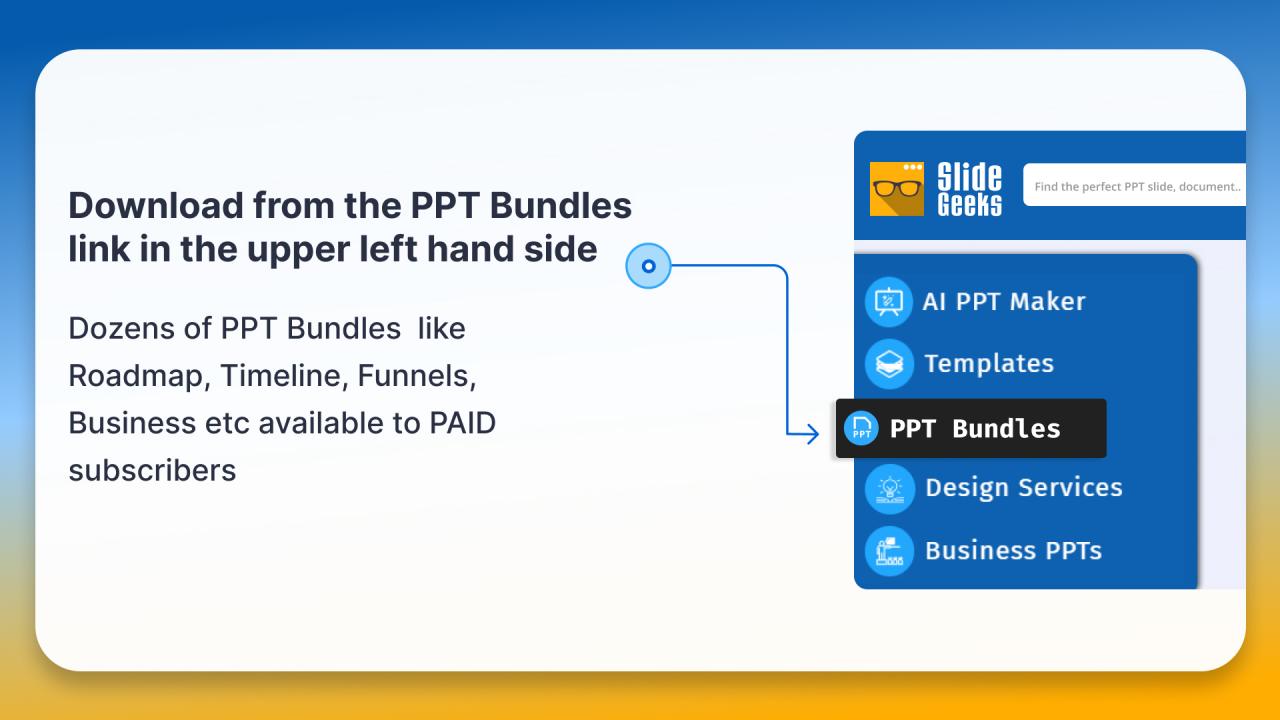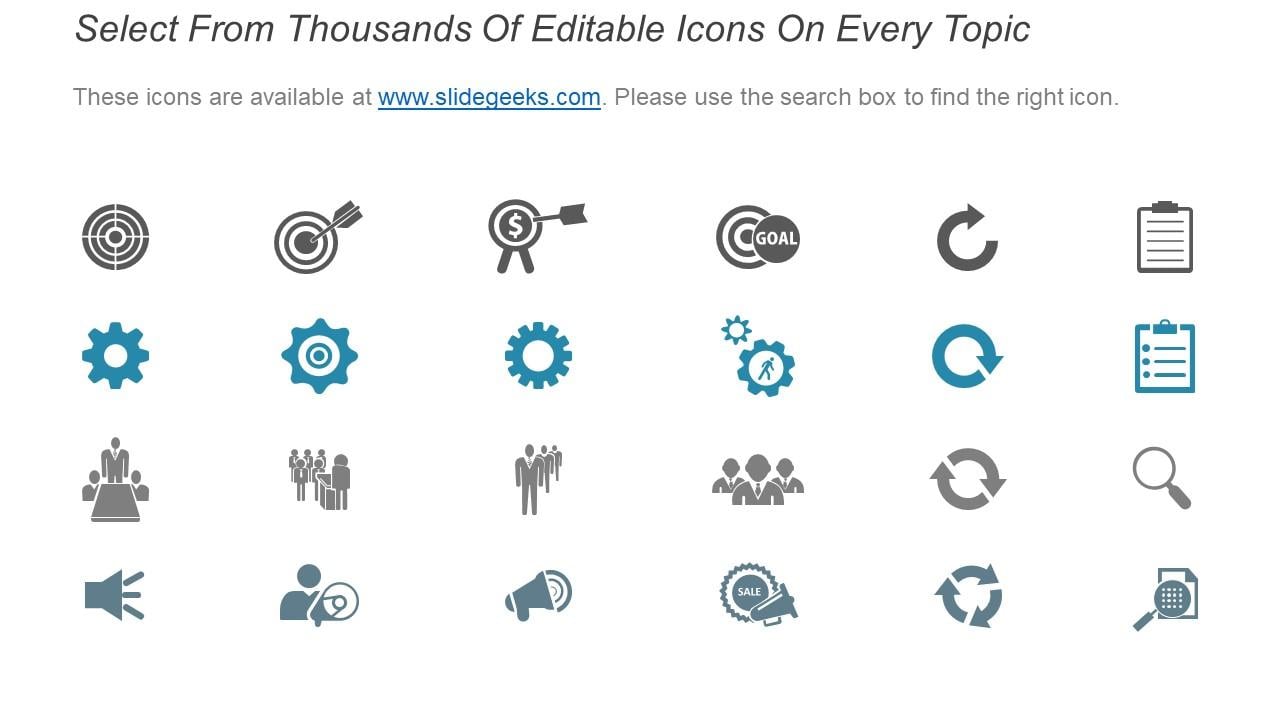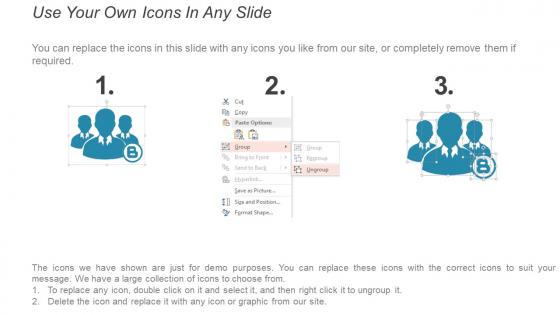Silicon Photonics SiPH IT Ppt Sample
Our Silicon Photonics SiPH IT Ppt Sample are topically designed to provide an attractive backdrop to any subject. Use them to look like a presentation pro.
- Google Slides is a new FREE Presentation software from Google.
- All our content is 100% compatible with Google Slides.
- Just download our designs, and upload them to Google Slides and they will work automatically.
- Amaze your audience with SlideGeeks and Google Slides.
-
Want Changes to This PPT Slide? Check out our Presentation Design Services
- WideScreen Aspect ratio is becoming a very popular format. When you download this product, the downloaded ZIP will contain this product in both standard and widescreen format.
-

- Some older products that we have may only be in standard format, but they can easily be converted to widescreen.
- To do this, please open the SlideGeeks product in Powerpoint, and go to
- Design ( On the top bar) -> Page Setup -> and select "On-screen Show (16:9)” in the drop down for "Slides Sized for".
- The slide or theme will change to widescreen, and all graphics will adjust automatically. You can similarly convert our content to any other desired screen aspect ratio.
Compatible With Google Slides

Get This In WideScreen
You must be logged in to download this presentation.
 Impress Your
Impress Your Audience
 100%
100% Editable
Google Slides
Features of these PowerPoint presentation slides:
People who downloaded this PowerPoint presentation also viewed the following :
Content of this Powerpoint Presentation
Slide 1: This slide highlights the presentation title: Silicon Photonics (SiPh) (IT).
Slide 2: This slide states Agenda of the presentation.
Slide 3: This slide shows Table of Content for the presentation.
Slide 4: This slide highlights title for topics that are to be covered next in the template.
Slide 5: This slide depicts the overview of photonics, which is the physical science of light waves and possesses two natures, such as continuous electromagnetic waves and particles.
Slide 6: This slide outlines the innovation in integrated photonics technology over time.
Slide 7: This slide represents the characteristics of photonics technology.
Slide 8: This slide describes the main advantages of photonics technology.
Slide 9: This slide highlights title for topics that are to be covered next in the template.
Slide 10: This slide shows the importance of photonics technology to humankind as we use devices such as light emitting diodes and laser diodes in our daily life, but they remain unnoticed.
Slide 11: This slide highlights title for topics that are to be covered next in the template.
Slide 12: This slide gives an overview of the photonics technology market.
Slide 13: This slide gives an overview of the optics market and precision optics market.
Slide 14: This slide outlines the overview of the photonics sensor market, including various application areas.
Slide 15: This slide represents the challenges and solutions of photonics in market penetration development.
Slide 16: This slide highlights title for topics that are to be covered next in the template.
Slide 17: This slide outlines the overview of photonics systems used for different purposes.
Slide 18: This slide provides an overview of different tools to control photonic systems.
Slide 19: This slide illustrates the various photonics devices used in optical communication systems to increase or amplify the signals.
Slide 20: This slide highlights title for topics that are to be covered next in the template.
Slide 21: This slide represents the various forms of photonics technology, including lasers, lenses, optics, imaging, microscopy, and metrology.
Slide 22: This slide highlights title for topics that are to be covered next in the template.
Slide 23: This slide outlines the overview of laser technology used in photonics, including its types and applications.
Slide 24: This slide describes the safety precautions to take while working with laser technology.
Slide 25: This slide highlights title for topics that are to be covered next in the template.
Slide 26: This slide represents the overview of optics technology used in photonics.
Slide 27: This slide represents the overview of optics technology and two main types of lights.
Slide 28: This slide highlights title for topics that are to be covered next in the template.
Slide 29: This slide gives an overview of optical fiber technology, including its working and benefits.
Slide 30: This slide outlines the design and various types of fiber optical cables.
Slide 31: This slide provides an overview of fiber optic connectors and their components.
Slide 32: This slide provides an overview of optical fiber amplifiers and their types.
Slide 33: This slide represents the optical fiber sensors overview and their various types.
Slide 34: This slide outlines the optical fiber sensor types based on sensor location.
Slide 35: This slide describes the optic fiber sensor classification based on operating principles.
Slide 36: This slide represents the types of optical fiber sensors based on application.
Slide 37: This slide highlights title for topics that are to be covered next in the template.
Slide 38: This slide describes the overview of imaging technology used in photonics.
Slide 39: This slide outlines the overview of lenses technology used in photonics technology.
Slide 40: This slide talks about microscopy technology, including its various types and applications.
Slide 41: This slide highlights title for topics that are to be covered next in the template.
Slide 42: This slide describes silicon photonics that uses light for applications conventionally operated by electronics.
Slide 43: This slide depicts the working of silicon photonics technology.
Slide 44: This slide describes the benefits of silicon photonics, that incorporates important photonics elements as well as the functions of a high-speed transceiver onto a silicon substrate.
Slide 45: This slide highlights title for topics that are to be covered next in the template.
Slide 46: This slide represents the integrated photonics that handled the tasks with light and includes 5G networks, biosensors, automobiles, and combines multiple photonic functionalities on Photonic Integrated Circuit build over silicon, silica, or indium phosphide.
Slide 47: This slide depicts the overview of photonic-lattice filament, which is an artificial periodic photonic structure, and these structures can have a photonic bandgap if designed appropriately.
Slide 48: This slide highlights title for topics that are to be covered next in the template.
Slide 49: This slide represents the evolution of transport networks towards the fifth generation with the help of photonics technology.
Slide 50: This slide represents the relationship between 5g transport network architecture and the photonics system.
Slide 51: This slide represents the integration of photonics for fifth-generation networks.
Slide 52: The slide explains how photonics plays a significant role in modernizing data centers.
Slide 53: This slide highlights title for topics that are to be covered next in the template.
Slide 54: This slide represents the skills required for photonic engineers, such as innovation, problem-solving while doing experiments, communication skills for writing grant applications and studying summaries.
Slide 55: This slide represents the roles and responsibilities of photonic engineers, including designing photonic devices, circuits, and systems for various purposes, analyze behavior of light as it interacts with the devices, creating virtual prototypes, and so on.
Slide 56: This slide highlights title for topics that are to be covered next in the template.
Slide 57: This slide depicts the comparison between optics and photonics based on the type of study, use of ray approximation, and application of both technologies in designing lens for cameras, and creating a holographic picture or image.
Slide 58: This slide depicts the comparison between photonics and electronics based on circuits used, communication with others, and the speed of the data transmission.
Slide 59: This slide highlights title for topics that are to be covered next in the template.
Slide 60: This slide represents the real-world applications of photonics technology such as telecommunication, medical applications, manufacturing process, construction, aviation, and so on.
Slide 61: This slide represents the impact of photonics on our daily life, becoming essential for a variety of industries such as manufacturing, life science, health care, security, and safety.
Slide 62: This slide describes the usage of photonics engineering in medical and scientific technology that helps in various types of treatments and study molecules and processes.
Slide 63: This slide describes the application of photonics in lighting to develop new lighting technologies to fulfil user requirements.
Slide 64: This slide shows the usage of photonics engineering in fibre optics that helps to transmit data and light at rapid speed across long distances and helps in transferring pictures from one device to another with the help of other electrical technologies.
Slide 65: This slide describes the use of photonics technology in manufacturing and construction and the applications caters to cut and measure raw materials, drilling, welding, distance measurement, plastic management, photovoltaic cell manufacturing, and semiconductors used in medical.
Slide 66: This slide depicts how photonics helps in people's safety and security by developing contactless sensors and visual apps, avoiding pollution, detecting structural faults, biometrics and border safety, video surveillance, and detecting illegal goods.
Slide 67: This slide highlights title for topics that are to be covered next in the template.
Slide 68: This slide outlines the use of photonic interconnect for future hardware platforms.
Slide 69: This slide depicts the future applications of photonics technology in optical fibre with lasers and how lasers will become a standard route for data transmission from satellites to the earth.
Slide 70: This slide describes the future of photonics technology and how it will help to develop next-generation high-speed optical networks.
Slide 71: This slide highlights title for topics that are to be covered next in the template.
Slide 72: This slide represents the overview of the training program for photonics engineers.
Slide 73: This slide represents the cost of building photonics integrated circuit.
Slide 74: This slide highlights title for topics that are to be covered next in the template.
Slide 75: This slide represents the steps to remember while implementing integrated photonics technology.
Slide 76: This slide highlights title for topics that are to be covered next in the template.
Slide 77: This slide represents the 30 60 90 days plan for designing a photonic integrated circuit.
Slide 78: This slide highlights title for topics that are to be covered next in the template.
Slide 79: This slide showcases the roadmap for implementing a photonic integrated circuit system in an organization.
Slide 80: This slide contains all the icons used in this presentation.
Slide 81: This slide is titled as Additional Slides for moving forward.
Slide 82: This slide represents the application of photonics engineering in the military to determine the shooting distance, missile landing locations, and motion detecting.
Slide 83: This slide depicts the professional experience required to be a photonic engineer that includes the knowledge of computer-aided design and computer-aided manufacturing software for better designing and creating prototypes.
Slide 84: This slide shows Future: Economic benefit of optical identification and labeling.
Slide 85: This is a Thank You slide with address, contact numbers and email address.
Silicon Photonics SiPH IT Ppt Sample with all 93 slides:
Use our Silicon Photonics SiPH IT Ppt Sample to effectively help you save your valuable time. They are readymade to fit into any presentation structure.
Most Relevant Reviews
-
Design layout is very impressive.
-
Appreciate the research and its presentable format.


 Home
Home 


















